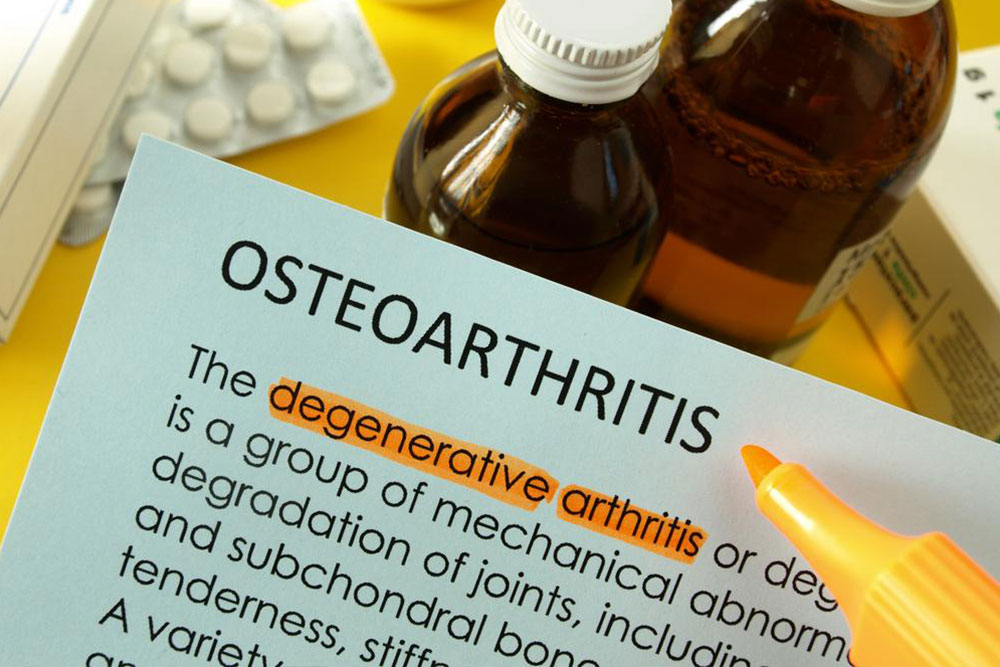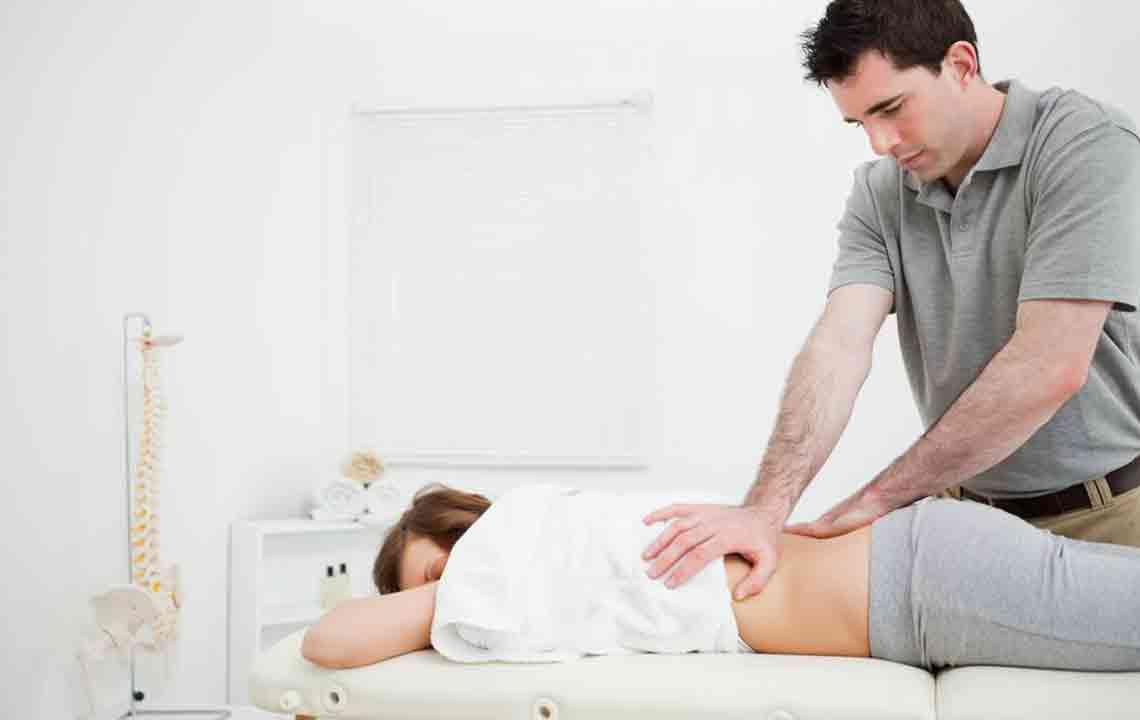Effective Strategies for Managing Spasticity Symptoms
Discover effective strategies for managing spasticity, including therapy options, assistive devices, medications, and surgical interventions. Collaborate with healthcare professionals to tailor treatment plans that improve mobility and quality of life for those affected by neurological muscle tightness.

Effective Strategies for Managing Spasticity Symptoms
Neurological conditions can manifest in various ways, often influenced by factors such as age, genetics, and medical history. One common complication is spasticity, where muscles contract involuntarily. The severity varies among individuals and can impact movement and speech. While a cure remains elusive, multiple approaches can help control symptoms and enhance quality of life.
Collaborating with a Medical Team
Managing spasticity typically involves a combination of treatments tailored to the individual. Working with a multidisciplinary healthcare team—including specialists like neurologists, physiatrists, therapists, and surgeons—is essential for optimal care.
This team may include professionals such as physiatrists, neurologists, occupational and physical therapists, as well as surgeons and speech therapists. Below are common treatment methods to alleviate muscle spasticity.
Physical and Occupational Therapy
Physical therapy emphasizes gentle stretching, strengthening, and mobility exercises, including activities like standing, walking, swimming, cycling, and treadmill workouts. These can temporarily reduce spasticity, providing relief lasting minutes to days, and help prevent long-term issues like stiffness and muscle pain.
Occupational therapy focuses on enhancing upper limb strength and flexibility to facilitate daily activities such as grooming, dressing, and cooking, improving independence and comfort.
Speech Therapy
For individuals experiencing speech difficulties due to spasticity, speech therapy offers targeted exercises to improve communication. For children, play-based techniques like language games are effective. Adults may work on facial movements, mouth and tongue exercises, reading aloud, and word sequencing to enhance speech coordination.
Assistive Devices
Various devices can support movement and daily functions. Healthcare providers may recommend supports like casts or braces to stabilize affected muscles, splints for hands or legs, canes, walkers, or wheelchairs depending on severity. These tools help reduce involuntary spasms and improve mobility safely and comfortably.
Casts and braces provide stability and stretch muscles to improve movement ranges.
Splints support joints and muscles, especially in the hands and legs.
Canes help reduce the load on muscles when walking.
Walkers offer greater support, assisting with balance and weight-bearing.
Wheelchairs are suitable for those with severe mobility challenges.
Additional aids, like hearing devices and adaptive utensils, can further support daily life for people with spasticity.
Medication Prescriptions
Doctors may prescribe medications to reduce muscle tightness and pain that interfere with sleep and daily activities. These prescriptions are typically combined with other therapies and tailored to individual needs, with specific dosage instructions.
Surgical Interventions
In severe cases, surgical options like intrathecal baclofen therapy, dorsal rhizotomy, or orthopedic procedures might be recommended. The choice depends on overall health and the affected muscles or regions.
Innovative Treatments for Spasticity
Advanced options such as deep brain stimulation are under research for their potential in alleviating spasticity. Patients should consult their healthcare providers about emerging therapies, including novel medications and infusion methods, tailored to their specific conditions.









